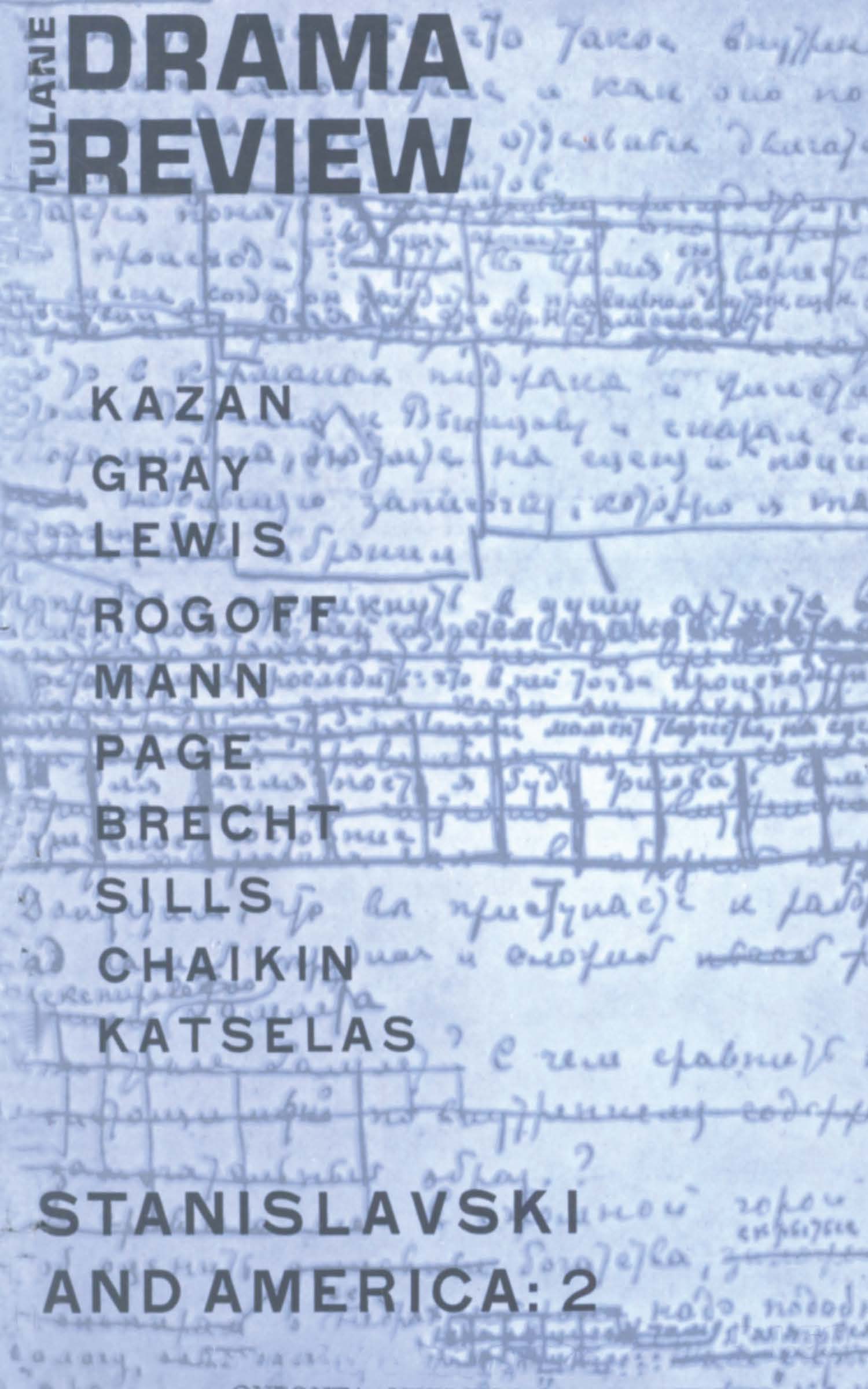No CrossRef data available.
Article contents
The Factor of Direction
Published online by Cambridge University Press: 23 November 2021
Extract
The art of Theatre is an art of change. It is changing continuously. It changes in matters pertaining to substance and to form. It changes in structure. For example, take that element of theatrical art which is the work of the “director.”
Today when we hear that a new Tennessee Williams play will be staged by Elia Kazan, a Shakespearean work produced by Tyrone Guthrie, or a musical extravaganza “put on” by Joshua Logan, we are not surprised by the news at all. It seems to us to be quite natural that a dramatic enterprise should be guided by a man who is trained for its preparation. The fact is, however, that the emergence of the director as a separate and distinct craftsman in the theatre is a comparatively recent event. There have always been general administrators, of course. In the early years they were priests or lay members of the community assigned to the actors as producers.
- Type
- The Working Theatre
- Information
- Copyright
- Copyright © The Tulane Drama Review 1961


